In Hearts and Bones, Australian director Ben Lawrence draws together a cast of seasoned actors and first-timers to create a moving drama about national trauma and its haunting presence in the lives of survivors. Daniel Fisher is a man who has flung himself into war-stricken regions of third world countries to run from the struggles in his own life, and through Hugo Weaving’s performance we can see every tragedy Daniel has witnessed etched in his face. His camera is a barrier that separates him from the suffering that he photographs, and his mission to display images of these events to audiences back home allows him to justify why he should avoid direct interference. But passivity often has its own impact on the lives of others, as we witness in the opening scene when he neglects to save a young Iraqi girl from a minefield. Decades of guilt weigh on Daniel, and seeing Weaving wrestle with his inability to directly engage with the world is captivating to watch.
Andrew Luri makes his screen debut as Sebastian, a Sudanese refugee who has moved to Australia and set up a new life with a small family. One particular photograph Daniel took of a Sudanese man’s execution strikes a nerve with Sebastian, and through it he is forced to relive parts of his life he would rather forget. Though the two argue over whether it should be displayed at an upcoming art festival, they build an unlikely friendship that feels authentically complex.
The linchpin of Hearts and Bones lies at its central moral dilemma. Daniel’s documentation of suffering indeed serves a greater purpose of educating Westerners about foreign wars and encouraging empathy for those affected. But from the perspective of Sebastian and his wife, these photos simply represent a sort of white saviour liberalism that neglects the voices of the individuals it believes it is helping.
At its best, Daniel Fischer’s photojournalism shines a light on stories that don’t get airtime on the mainstream news. At its worst, it actively degrades the lives of people who have fled their countries. It isn’t just about forcing survivors to relive traumatic experiences, though this is a significant part of it. These photos capture people at their lowest, committing acts that may be justified in war but never in a first world country whose citizens are insulated to these sorts of horrors.
There is also the issuing of distilling these experiences into simple images that are commodified and consumed by Western audiences as a form of self-gratification. Daniel and his wife, Josie, both believe it is their duty to help Sebastian and his family in ways that they have made clear they do not want. This desire to help others simply to clear their own conscience and escape their own issues adds to the complexity of the whole situation and makes for a captivating dynamic between the two central couples.
The first half of Hearts and Bones largely focuses on setting up Daniel and Sebastian’s characters, first as strangers and then as eventual friends. Though the pacing here tends to drag, it is full of visually captivating cinematography that reflects Weaving’s shifts between weariness and apprehension, his work life and his home life. The film may spend a little too much time here lingering on unnecessary scenes that hit the same story beats as previous ones, but this at least lets us immerse ourselves in the world of our characters so later revelations are more impactful.
During the credits, a slideshow plays out of photographs that capture wartime images, intended to stir our heartstrings. Over the top, we hear an upbeat, optimistic song suggesting hope for the future, but this tonal inconsistency strangely performs the same feel-good recontextualisation of horrific, foreign circumstances that the film up until this point has argued against. It feels a little wrong ending it on this note, but it is possible that this choice was deliberately intended to leave us with a personally confronting moral conflict. If this is the case, then well done. Maybe the fact I’m even questioning it long after the film has finished means that the film did its job, whether it was intentional or not. Either way, the challenge that Hearts and Bones aims at its predominantly white, Australian audience is still a thought-provoking one and forces us to face the fact that merely talking about these issues may not be enough.












